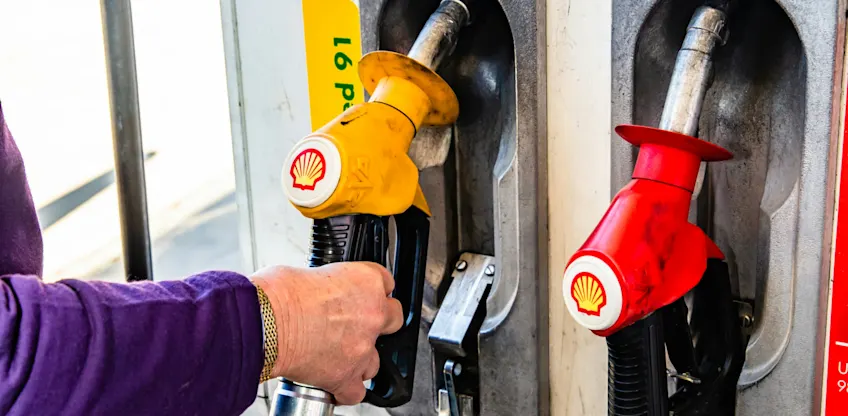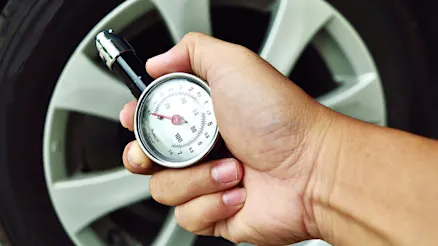
Why does my car behave differently when I start it in the morning?
Ever notice your car feels different in the morning? Learn why cold starts affect performance and how to keep your car running smoothly year-round.


It’s simply smart to save on fuel wherever possible. After all, why would you spend more getting from A to B than you need to?
Over the years, drivers’ collective desire to lower their litres per 100 km has led to a few common fuel economy myths. So what’s actually true? Let’s look at some of these fuel economy FAQs to help you drive your dollar further.
This myth used to be largely true. Until relatively recently manual transmissions could be expected to offer better fuel economy than automatics, because manual systems didn’t need to work quite as hard to shift gears. However - thanks to vast advancements in automatic tech, this is no longer a safe assumption. Dual-clutch transmissions, Continuously Variable Transmissions (CVTs), torque converters and hybrid transmissions can all help automatic cars provide similar or even superior fuel economy in many cases.
These days, it’s worth looking at the suggested litres per 100 km of any given model when shopping for a new or pre-used car.

Filling up with premium fuel might feel like a boost for your car, but it probably doesn’t improve fuel economy unless your engine is suitably equipped. Premium or high-octane fuel is generally best suited for high-compression performance engines and luxury vehicles. It may also help to improve fuel economy under heavy load or if driving through very hilly terrain. In most cases though, a standard engine will be designed to run at its best with regular fuel, and any fuel upgrades won’t be worth the extra cost. If in doubt, check your owner’s manual for the minimum octane fuel required.
The thinking behind this belief is that fuel is denser while it’s cooler, which in theory lets you pump out more fuel for every dollar spent. Free fuel for the win, right? In reality, fuel at a service station is stored underground and very well insulated so temperatures will remain relatively stable throughout the day. Any fluctuations in density (and associated savings) are likely to be infinitesimally small in the short time it takes to pump fuel from the tank into your car. As such, feel free to save your early mornings for sleep instead.
But if you’re looking for tips on how to find cheap fuel, keep reading as we ask…

The short answer is: sometimes. While seeking out cheaper fuel can help drivers save hundreds per year, finding the cheapest day of the price cycle can be tricky. While there is a regular price cycle in many parts of Australia, not all retailers follow the same cycle. Mondays and Tuesdays can be some of the cheapest days to fill up, but this isn’t always the case.
The Australian Competition and Consumer Commission (ACCC) keeps track of fuel prices in many Australian locations. You can visit the ACCC’s petrol price cycle page to see price cycles over the past 45 days in major cities, which could help you pinpoint the best time to drop by the servo.
If a golf ball’s dimples make it more aerodynamic, the same would apply to the rough surface of a dirty car - right? As it turns out, the only upside to a dirty vehicle might be fun drawings on the back window. The Mythbusters team took a look at this dirty-vs-clean car myth back in 2009 and found that the clean car actually had better fuel economy at 26.4 miles per gallon (11.2 km/L) than the dirty car at 24 mpg (10.2 km/L).
The team also tested a dimpled car surface, which had the best fuel economy of the lot at 29 mpg (12.3 km/L). So perhaps that’s a case for universal hail damage!

This may or may not be true. Modern cars are designed to handle a range of conditions better than many older vehicles can, including running on empty. Fuel is now generally pumped from the lowest point in the fuel tank, meaning that the fuel level makes little difference unless it’s right down to the dregs. That being said, debris at the bottom of the tank could still block the filter if there isn’t a reliable stream of fuel passing through. Running on low could also allow the electric fuel pump to overheat if there isn’t enough fuel to keep it cool. So while driving on the smell of an oily rag can offer a strange thrill, we’d say play it safe on this one.
Thoughtful driving and refuelling can help you get the best value out of any vehicle, but your choice of car can also make a big difference.
If you’re looking for the best fuel efficient cars second-hand, you can easily see fuel efficiency stats while searching for your next car at Carma. And if you’re looking to save even more at the servo you can also find some amazing offers on used hybrid cars and used electric cars. Either way - may you always have plenty left over for a choccy milk and some snacks for the road.
Ready to get driving? Search quality pre owned cars in Sydney, and find your car now with delivery to your door included.

Ever notice your car feels different in the morning? Learn why cold starts affect performance and how to keep your car running smoothly year-round.

Regularly checking your tyre pressure is crucial to your vehicle’s safety, fuel economy and optimal driving.

Looking for the perfect gift for the car enthusiast in your life? Carma’s experts have you covered.